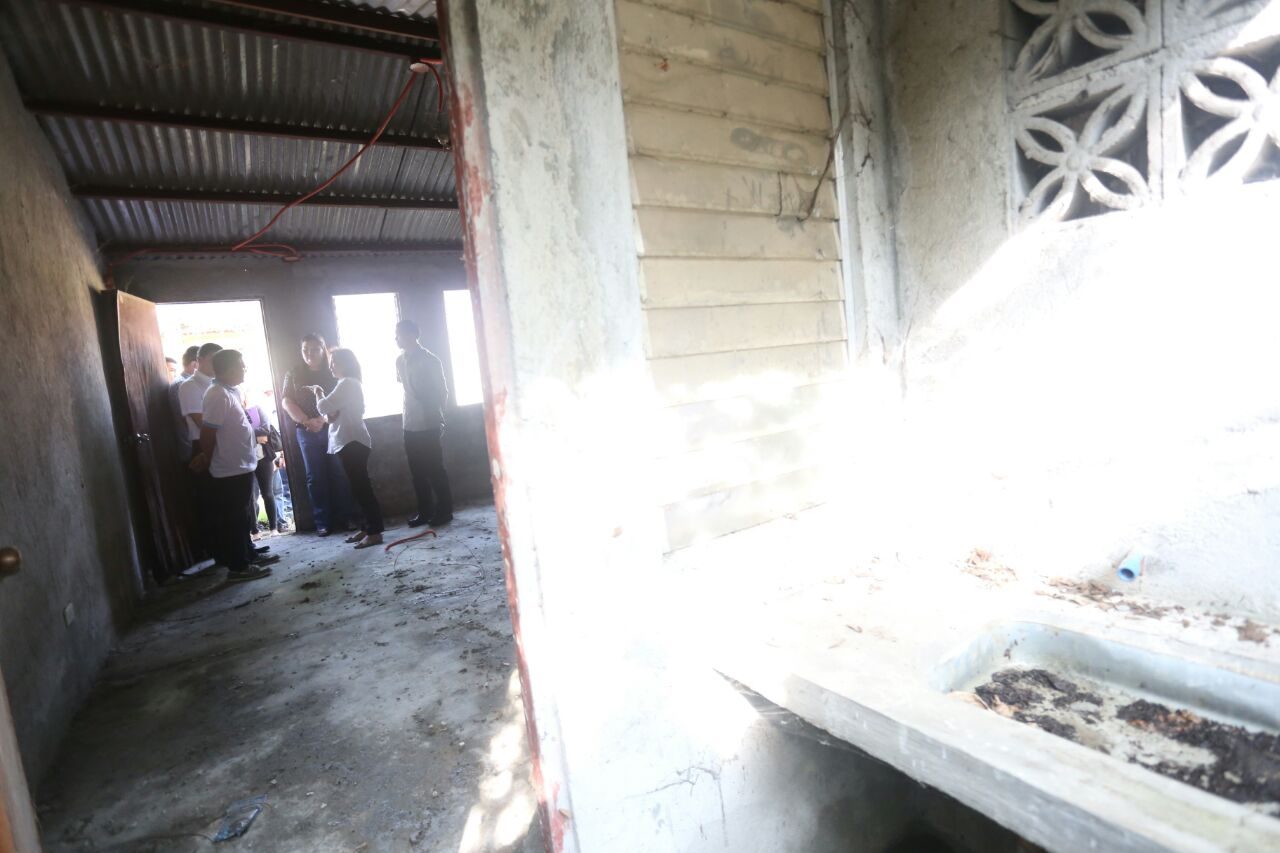SUMMARY
This is AI generated summarization, which may have errors. For context, always refer to the full article.

MANILA, Philippines – Thousands of housing units in Bocaue, Bulacan that were intended for police and military personnel were found to be idle.
During Vice President Leni Robredo’s visit to the National Housing Authority (NHA) project for members of the Armed Forces of the Philippines (AFP) and Philippine National Police (PNP), she found that only 800 out of 4,000 units are occupied since most of the beneficiaries are on field assignments.
The housing facilities were built for soldiers and policemen earning lower salaries. (READ: Robredo: Gov’t must build over 2,600 homes a day to beat backlog)
Robredo, who also chairs the Housing and Urban Development Coordinating Council (HUDCC), earlier mentioned that she found several housing projects for the PNP and the AFP that were not maximized like the ones in her home province, Camarines Sur.
Aside from unused units, occupants complained of the lack of utilities at the Bocaue site.
“This is just one of the areas I visited. And it seems the problems are all the same – lack of available jobs, poor utilities. The condition is very unfortunate,” Robredo said.
The Vice President also relayed what one of the families told her during their consultation. “[Each] house costs P140,000 but there are a lot of problems like walls cracking so they spent 3 times more for the cost of repair,” she said in Filipino.
Master plan
Robredo earlier ordered the inventory of necessary housing data for the HUDCC to craft a comprehensive housing plan in consultation with stakeholders such as private firms and marginalized sectors.
The HUDCC will conduct strategic planning on Thursday, September 1, with the goal of shifting its mindset from simply building homes to creating livable communities. (READ: VP Robredo pushes for creation of housing department)
Robredo, who has consulted with several communities and stakeholders in her two months in office, said they will use the feedback to create their master plan.
One key issue, said the housing chief, is the lack of jobs in resettlement areas, which are usually in provinces near Metro Manila.
Robredo said they will aim to make housing sites in-city so not to uproot people from their livelihood. But she is also looking into connecting the prospective occupants who are unemployed to the contractors of socialized housing projects, like in Thailand.
“Kaya iyong walang trabaho, puwedeng sila na ang workforce eh. Gaya ngayon, a few days ago kausap ko iyong asosasyon ng mga nasa socialized housing, sabi nila up daw ngayon iyong real estate business at kulang sila ng mga trabahador,” the Vice President said.
(Those unemployed can be the workforce. A few days ago, I spoke with an association involved in socialized housing and they mentioned that the real estate business is booming and they need laborers.)
“Why not [source from] us, right? We have to do an inventory of skills. If the unemployed ones lack the skills, then they should be trained in that field,” she added.
Robredo clarified that the proposed training would not entail additional budget for the HUDCC as she sees it as a partnership with other government agencies such as the Technical Education and Skills Development Authority (TESDA) and the Department of Social Welfare and Development (DSWD). – Rappler.com
Add a comment
How does this make you feel?
There are no comments yet. Add your comment to start the conversation.